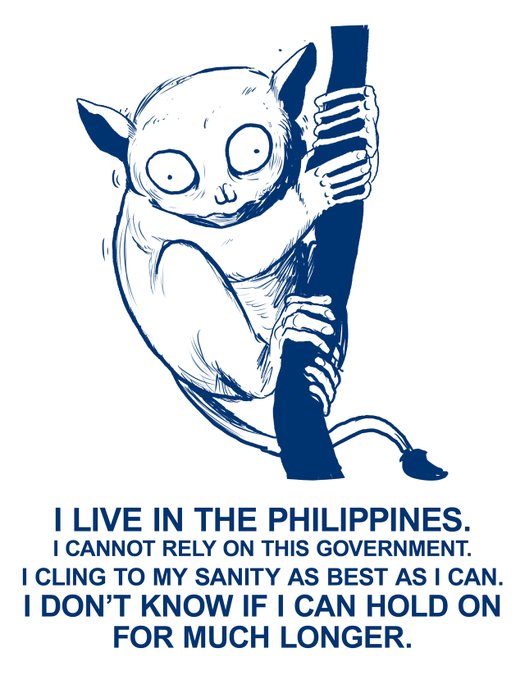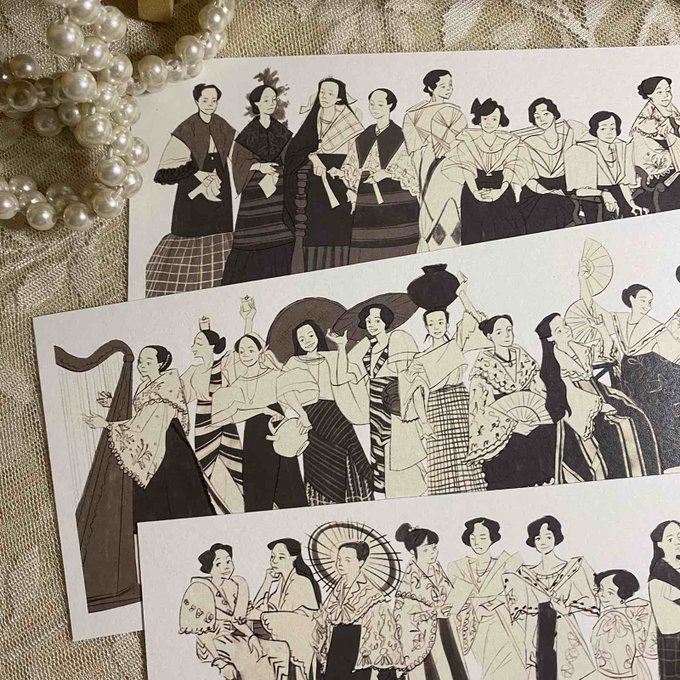comics is sequential imagery, and is often storytelling through juxtaposition of images it isn't moving images, but static, you often have to pick the right moments to tell a story take for example a bouncing ball. how many panels does it take to show? how much time passes?
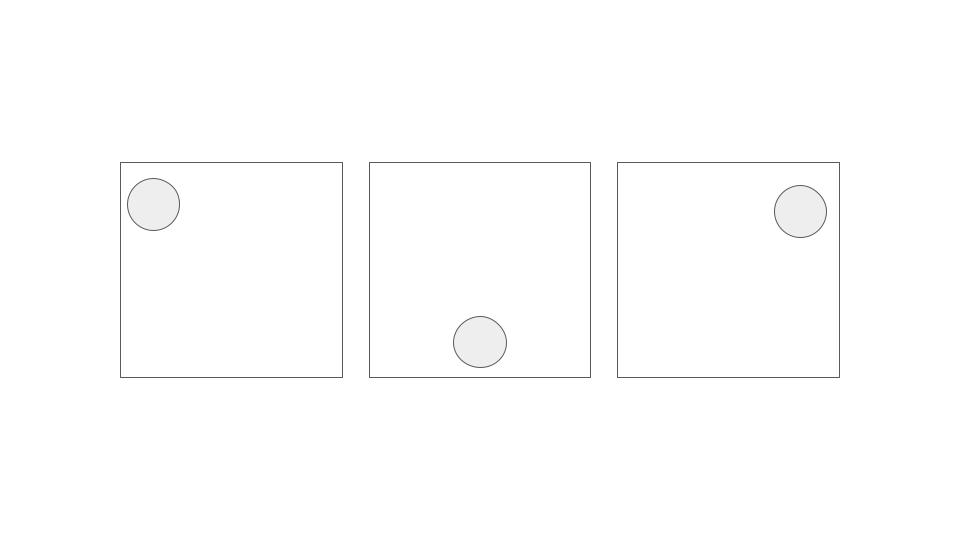



how much space do you give a moment? how do you arrange the moments? adding and subtracting panels/moments often changes how a story is told, and also changes the way your page is laid out comics panneling to me is one constant obsession
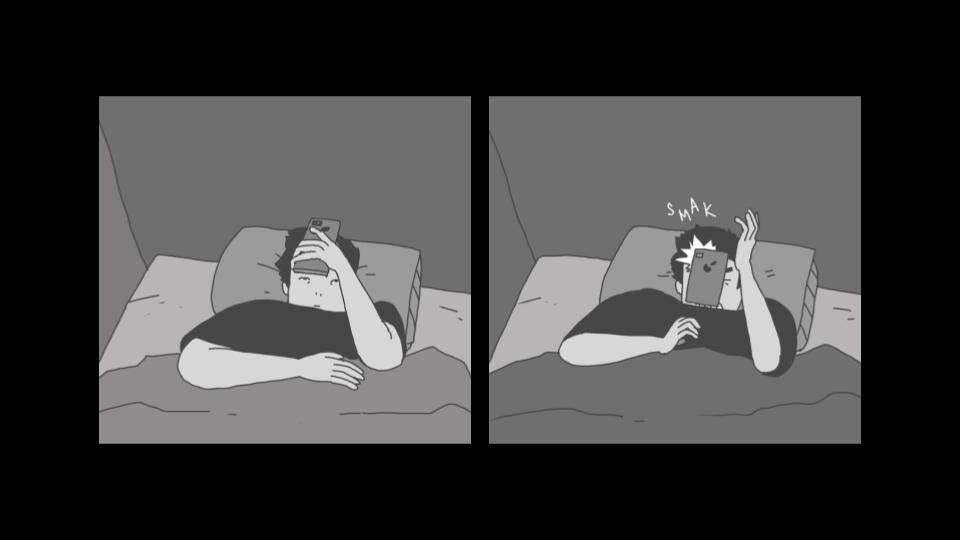


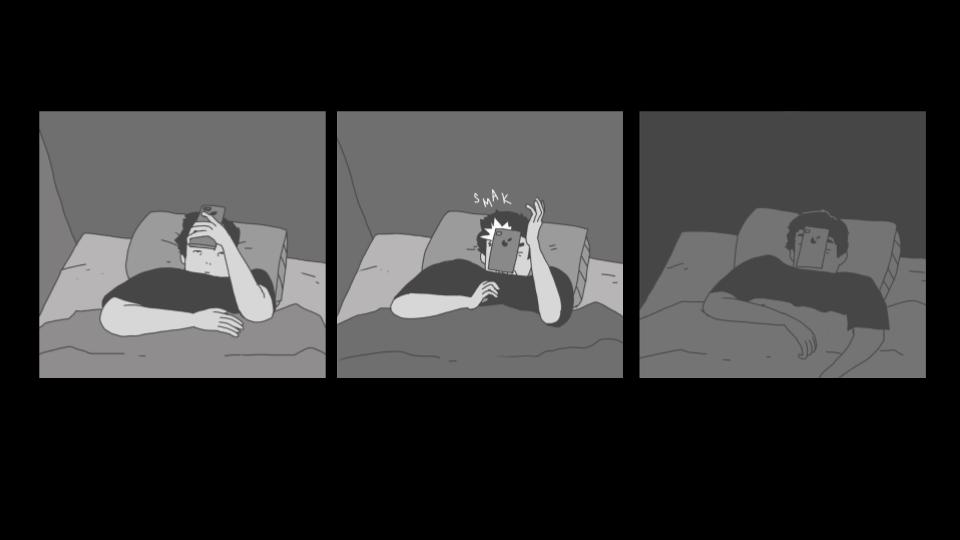
one thing I love doing with my panelling is splitting up one scene into multiple panels this allows to divide/dictate the way a reader experiences the comic, the gutters can help make multiple things happen within the same bg, at the same time i like making comics without them



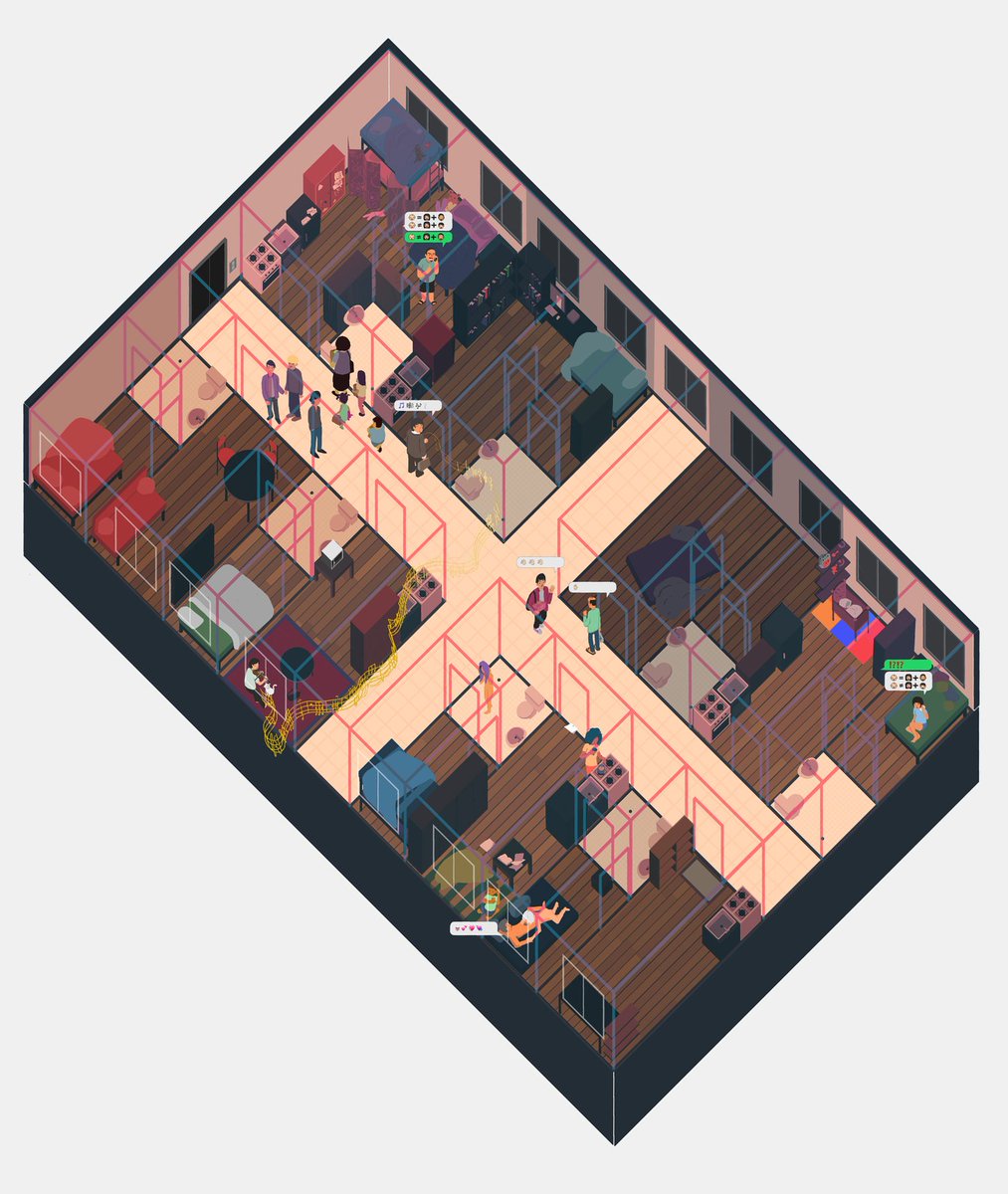
Lost was an experiment in panelling where there were 2 worlds: the left side of a page and a right side of a page I had the characters also go through similar parallel compositions, story beats, and page compositions, twisted reflections, mirrored events, and so on
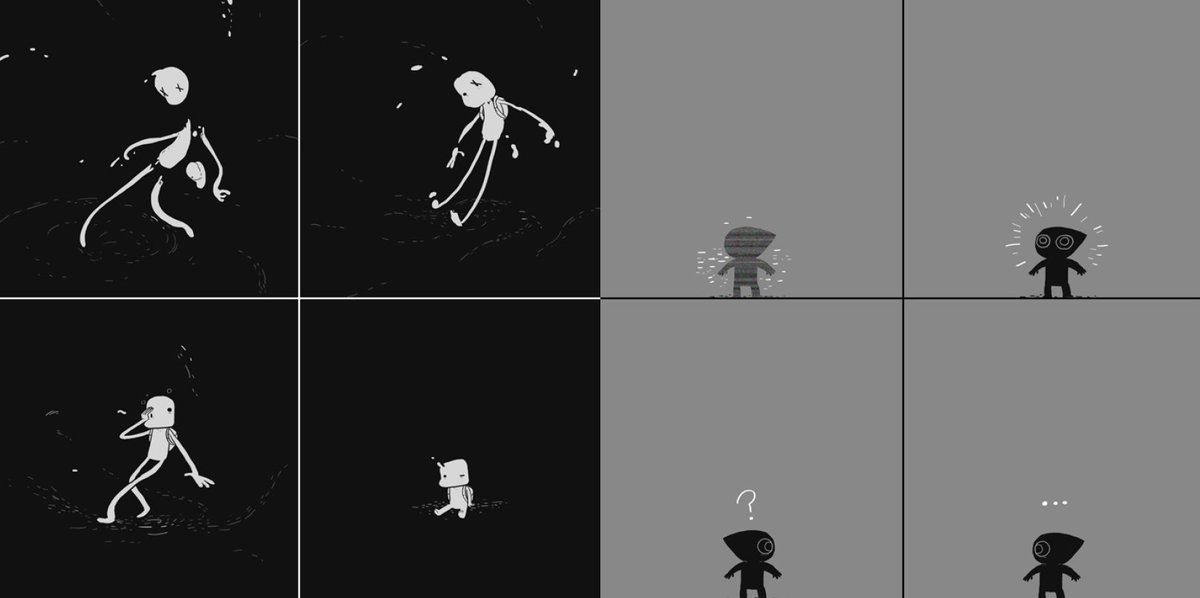


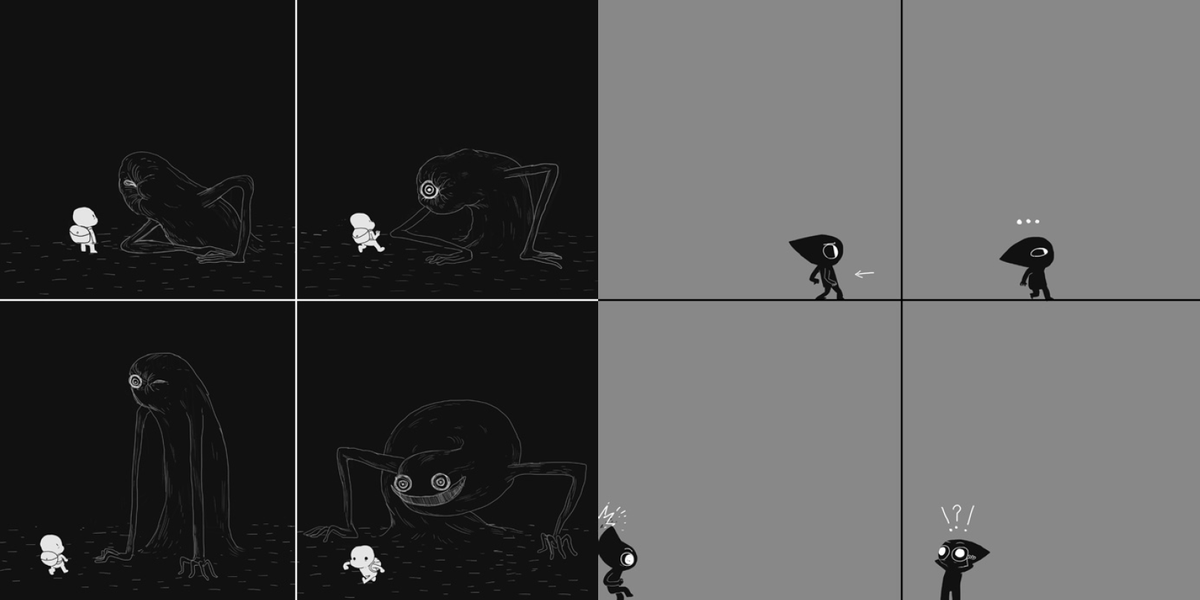
one brilliant metatextual bit to show this is from Watchmen is how you can read Dr. Manhattan experiencing the past, the future, the present all at once as he has the same perception we have with reading a comic we see it all laid out behind us and before us


作者のその他の人気の漫画

artist alley breakdowns

fun facts from filipinos

words from fleabag. working on something. page 1/???

push a button

love is awful words from fleabag. art by me working through my issues about break ups and lost love

say im okay

when the drawing does not turn out like how you imagined it in your head

Sketch Final

